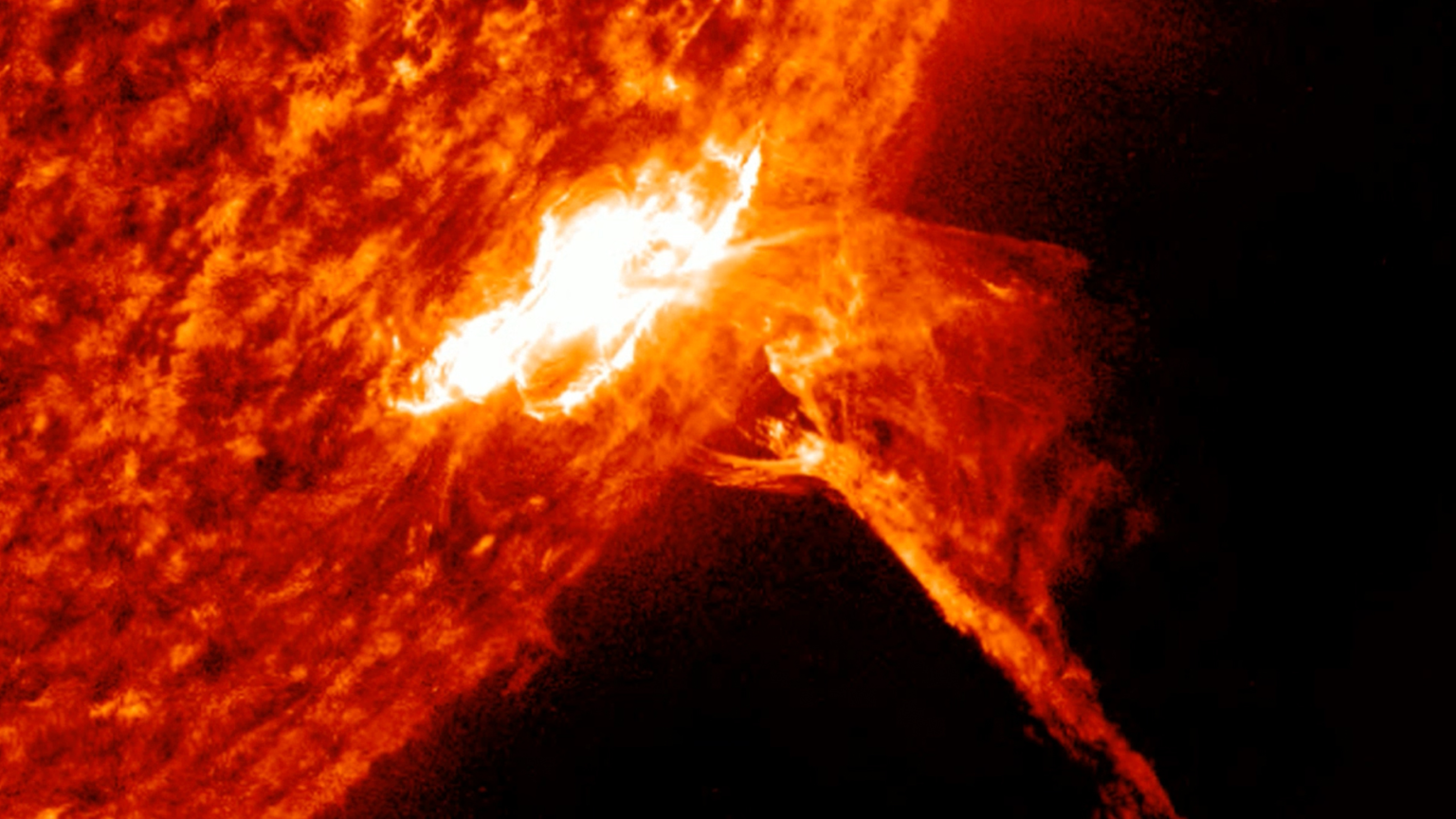The Sun silenced critics of its recent inactivity with a powerful X-class flare, causing shortwave radio blackouts across Australia, Southeast Asia, and Japan. The flare, originating from sunspot AR3738, erupted late Saturday night at 10:34 p.m. EDT (0234 UT on July 14), as captured by NASA’s Solar Dynamics Observatory.
Despite the flare’s intensity, it did not produce a coronal mass ejection (CME), a large expulsion of plasma and magnetic field from the Sun, much to the disappointment of aurora chasers. Solar physicist Keith Strong noted on social media platform X, “There is unlikely to be any geomagnetic activity as a result of the high solar activity.”
The flare caused immediate radio blackouts shortly after the eruption, a common occurrence following powerful solar flares due to the intense bursts of X-rays and extreme ultraviolet radiation emitted during such events.
Shortwave radio blackouts across Southeast Asia, Australia, and Japan were confirmed by the National Oceanic and Atmospheric Administration (NOAA). The radiation from solar flares travels to Earth at the speed of light, ionizing the upper atmosphere upon arrival. This ionization creates a denser environment for high-frequency shortwave radio signals, which are used for long-distance communication. As radio waves interact with electrons in the ionized layers, they lose energy due to increased collisions, degrading or completely absorbing the radio signals.
Solar flares are eruptions from the Sun’s surface that release powerful bursts of electromagnetic radiation. They occur when magnetic energy built up in the solar atmosphere is released. Flares are categorized by size into different classes, with X-class flares being the strongest. M-class flares are 10 times less powerful than X-class flares, followed by C-class flares, which are 10 times weaker than M-class flares.
B-class flares are 10 times weaker than C-class flares, and A-class flares are 10 times weaker than B-class flares, having no noticeable consequences on Earth. Within each class, numbers from 1-10 (and beyond for X-class flares) describe a flare’s relative strength.
The recent solar flare on July 14 was recorded as an X-1.27, according to Space Weather Live. This event highlights the Sun’s unpredictable nature and its potential impact on Earth’s technological systems.


